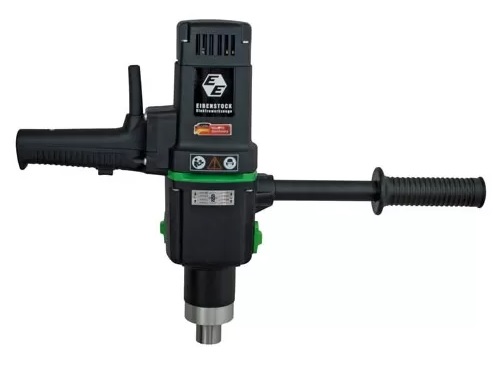Title Page
-
Site conducted
-
Name of trainee
SSoW
Pre-Operations
-
• Before any lifting or lowering operation commences, the flying system operator must do the following: • Ensure that they have carried out a thorough visual check of the system & all components; to include the drill (check cables and electrical safety) the Pawl (ensuring that no other bungees or tape has been used on the Pawls) and the general working area; ensuring adequate lighting and vision to operate the system safely. • There is a drill positioned on the SL and SR fly floor. There should be no need to transport a drill to the other side unless there is a failure of one of the drills. • Do not use the drills unless you have been shown by a competent person. • Ensure that the stage area around the bar has been completely cleared of personnel. • Ensure the spotter is onstage to give operator instructions and to make sure the area below the bar is clear, as there is reduced visibility on the Fly Floor. This includes checking cable looms and hard maskers. • Spotter must be wearing hard hat & high viz vest when operation is in progress. • Ensure that the front of stage chain is in position. • Ensure that the area has the flashing beacons on over the upstage doors, to alert people that flying is in operation. • Ensure there is adequate working light onstage and in the wings.
Operation of the Drill
-
Onstage • The Spotter must stand in a position onstage to maintain good visibility of the bar that is moving, and the drill operator in the grid. • The Spotter must ensure that the stage directly under the bar is kept clear of other persons at all times during flying operation. • The Spotter will connect the Golden Kill Switch Cable on the side that is being operated. The kill switch controls the power supplying the drills. There is a connector situated Upstage Left and Right Fly floor • Collecting the Golden Bungee from the storage hook Stage Left. • Ensure that the drill is disconnected from the power source before attaching/changing the drill bit. • Once the correct drill bit is attached, connect the drill, ensuring that the adaptor is fully connected to the spindle on the winch. • The Golden Bungee will be used to temporarily release the winch pawl. • Before raising/lowering the bar, check the direction of travel by doing a test “bump” of the drill. • The drill MUST be operated at its slowest speed and highest gear (as always indicated on the drill). • The operator must hold the drill in a firm but light manner so if it were to snatch, they will not suffer an injury to hands or wrists. • Once it is clear to fly, disengage the Pawl, operate the drill, and watch the Spotter at all times. • Only move a flying piece on a verbal call of ‘Clear to come in/out’ from your Spotter. • The spotter will raise their arms above their head in a cross position and shout “STOP” when the bar has reached its desired position. • The Pawl must be engaged once the bar movement has completed. • Should the spotter or operator detect a hazard during operation, they should shout “STOP” and cease operation. The Spotter can kill the power to the drill by releasing their pressure on the kill switch. The pawl must then be engaged by releasing the Golden Bungee. • The fly floor operator must ensure that all the pawls are engaged on ALL fly bar before leaving the fly floor. • Bars should not be moved if there is excess noise onstage. • Return the golden Bungee and Golden Kill Switch to the storage on Stage Left • Report any flying defects to the B&T Manager immediately.
-
I have read and understood the SSoW
-
I have been shown how to use the equipment and the safety features
-
Sign to acknowledge the training
-
I have trained the named person to use the Beck Theatre Drill Drive Flying equipment








